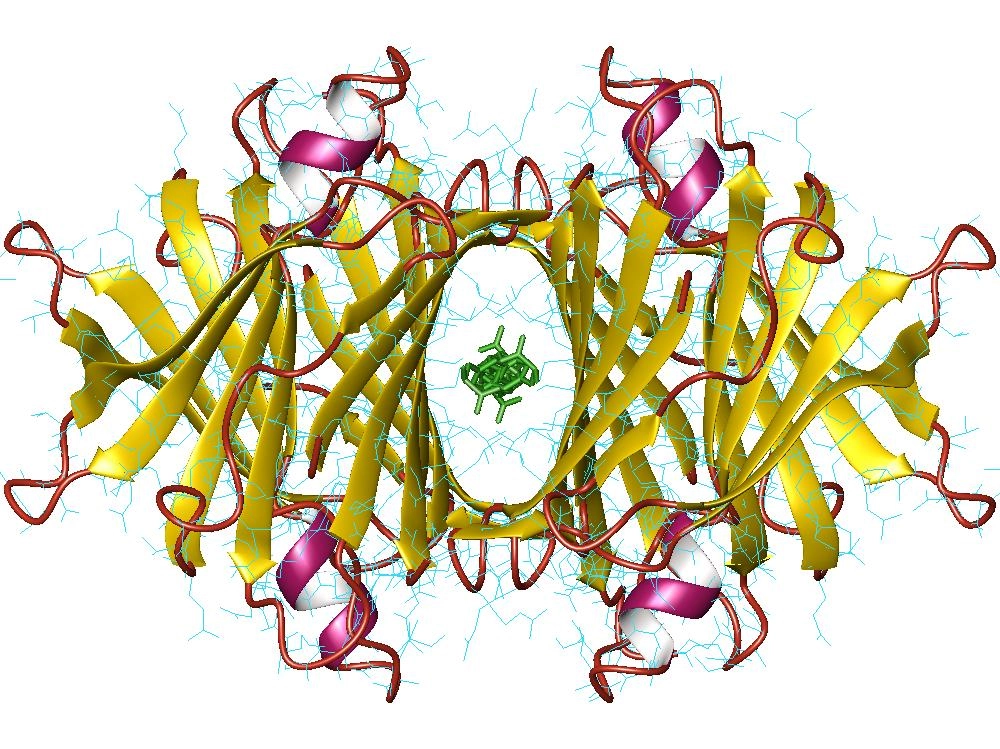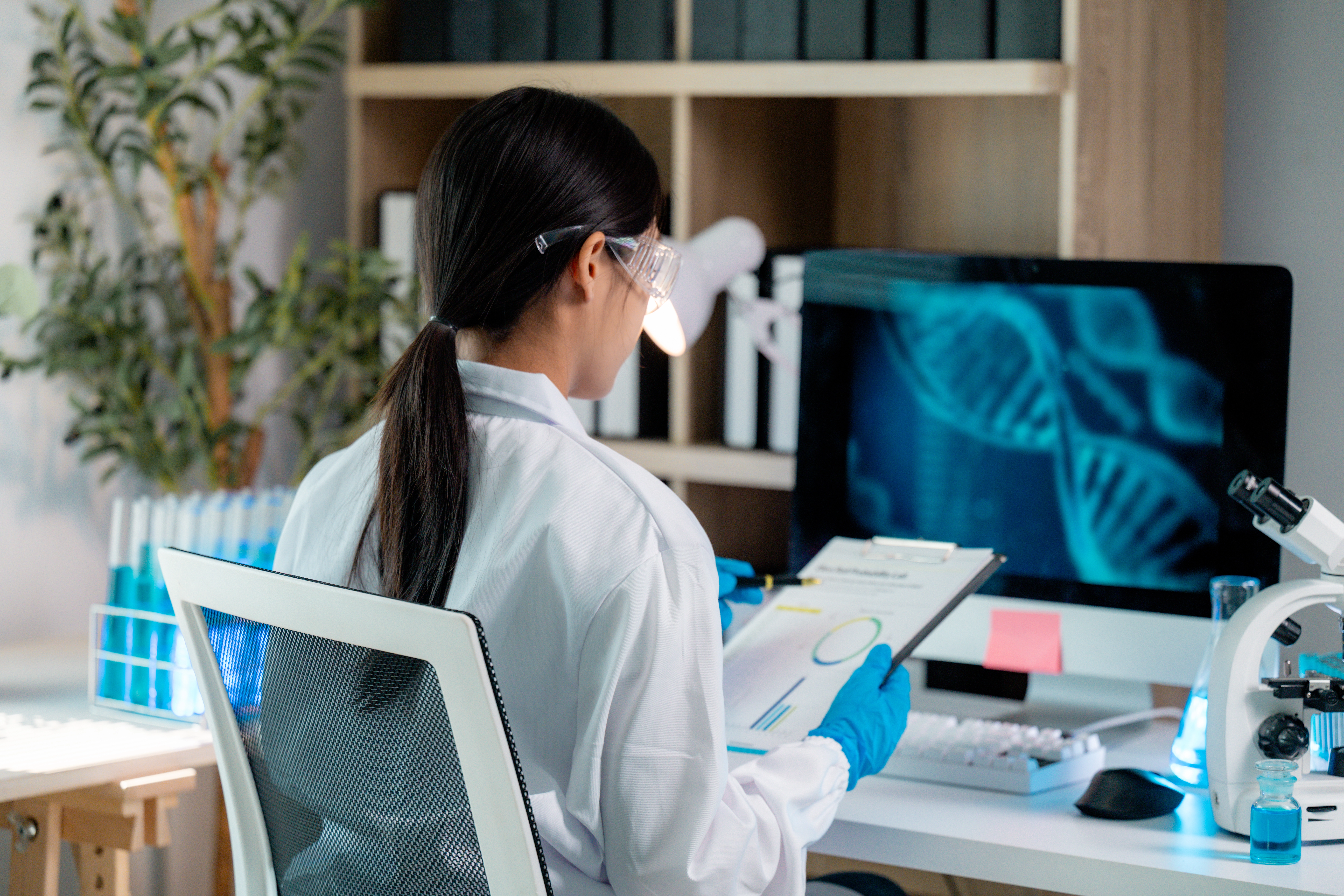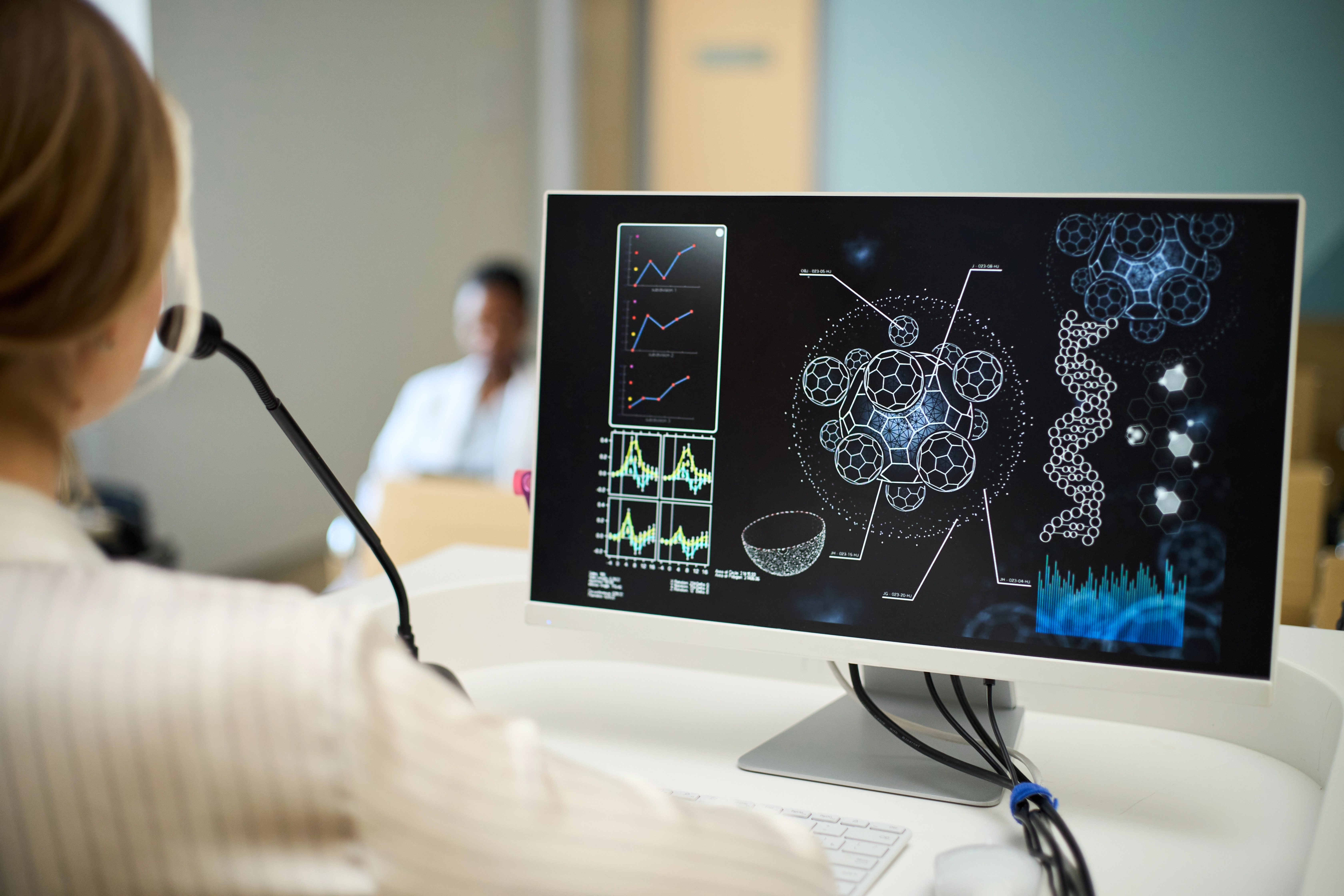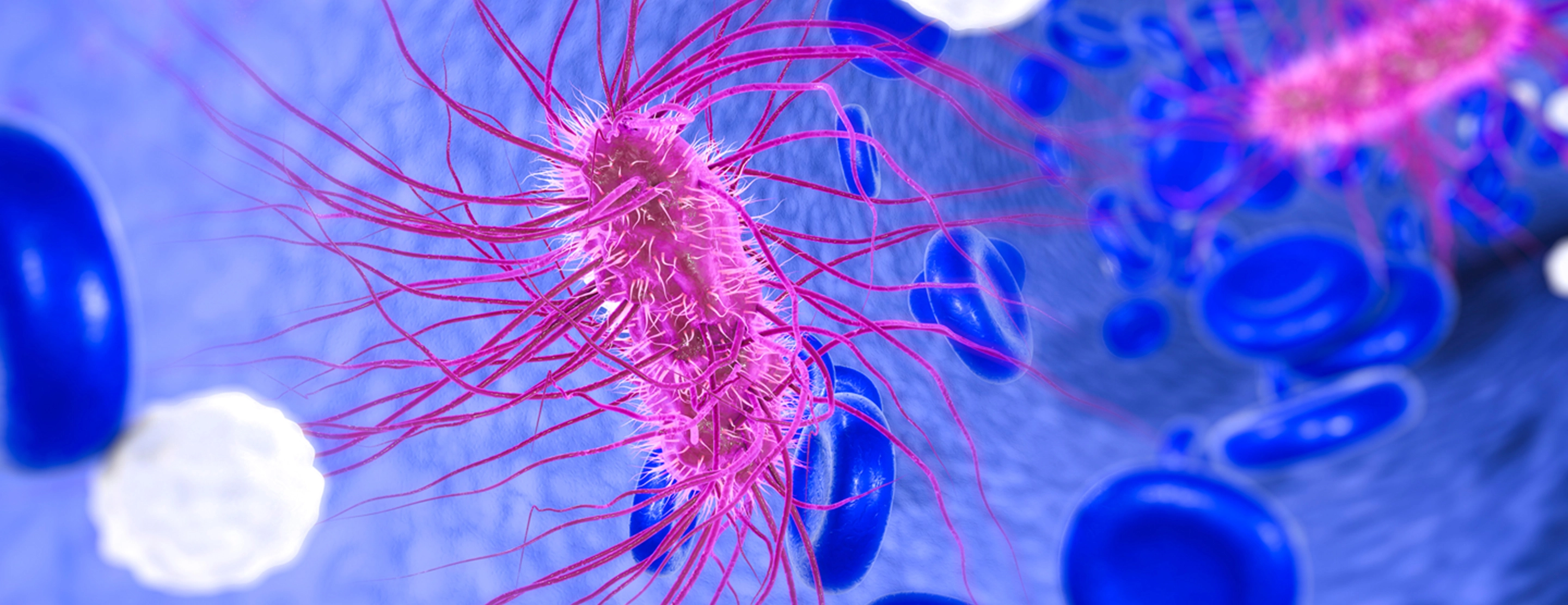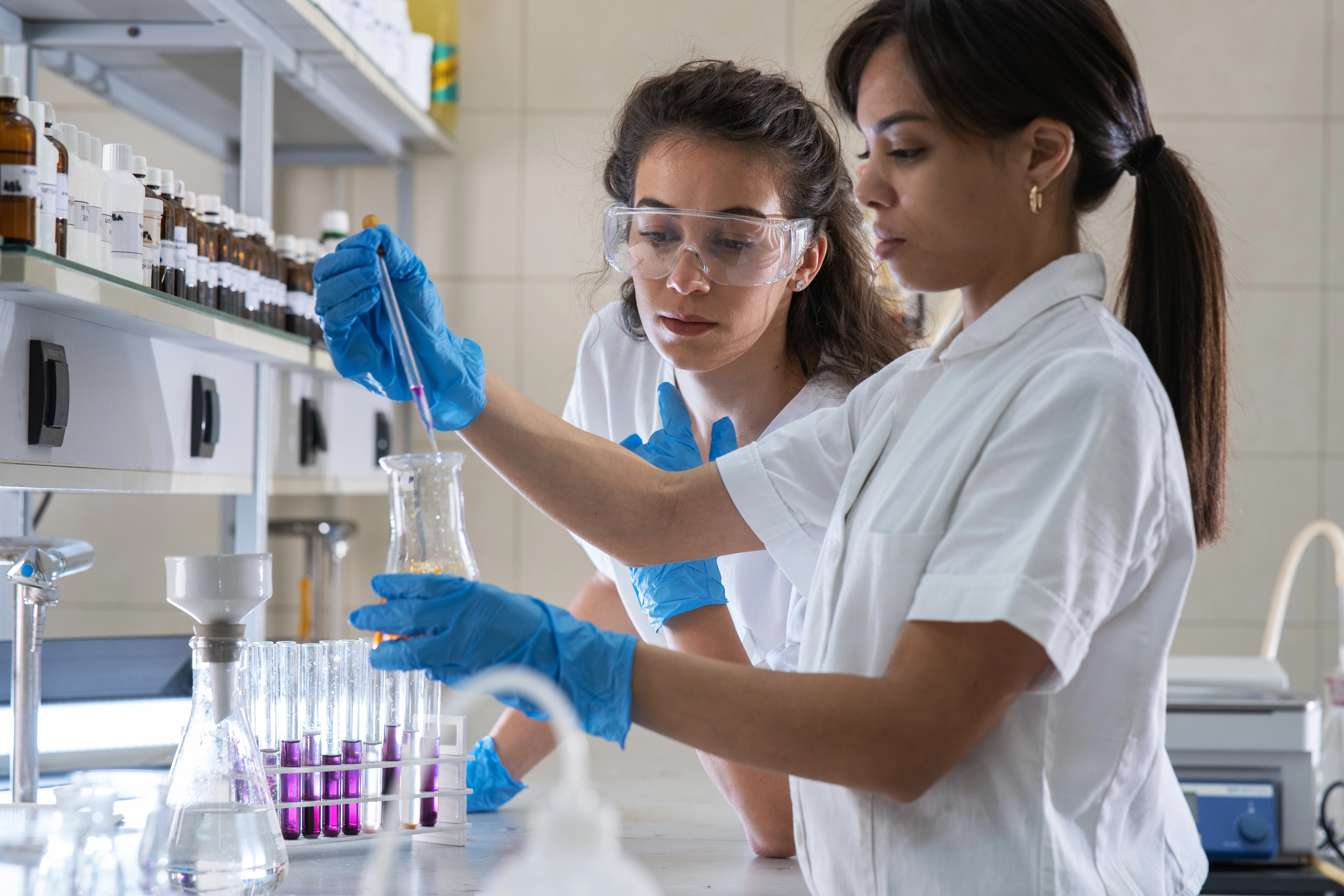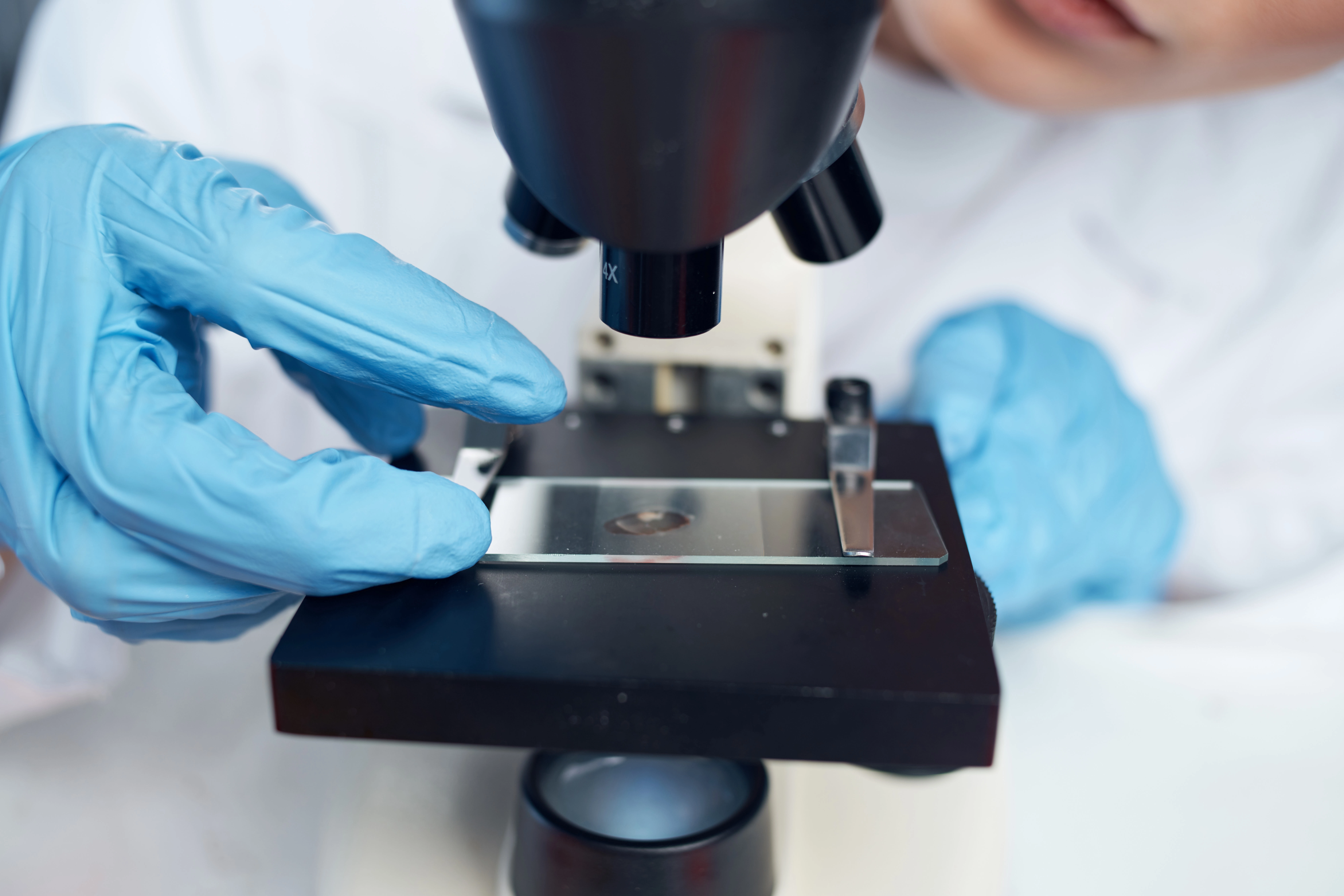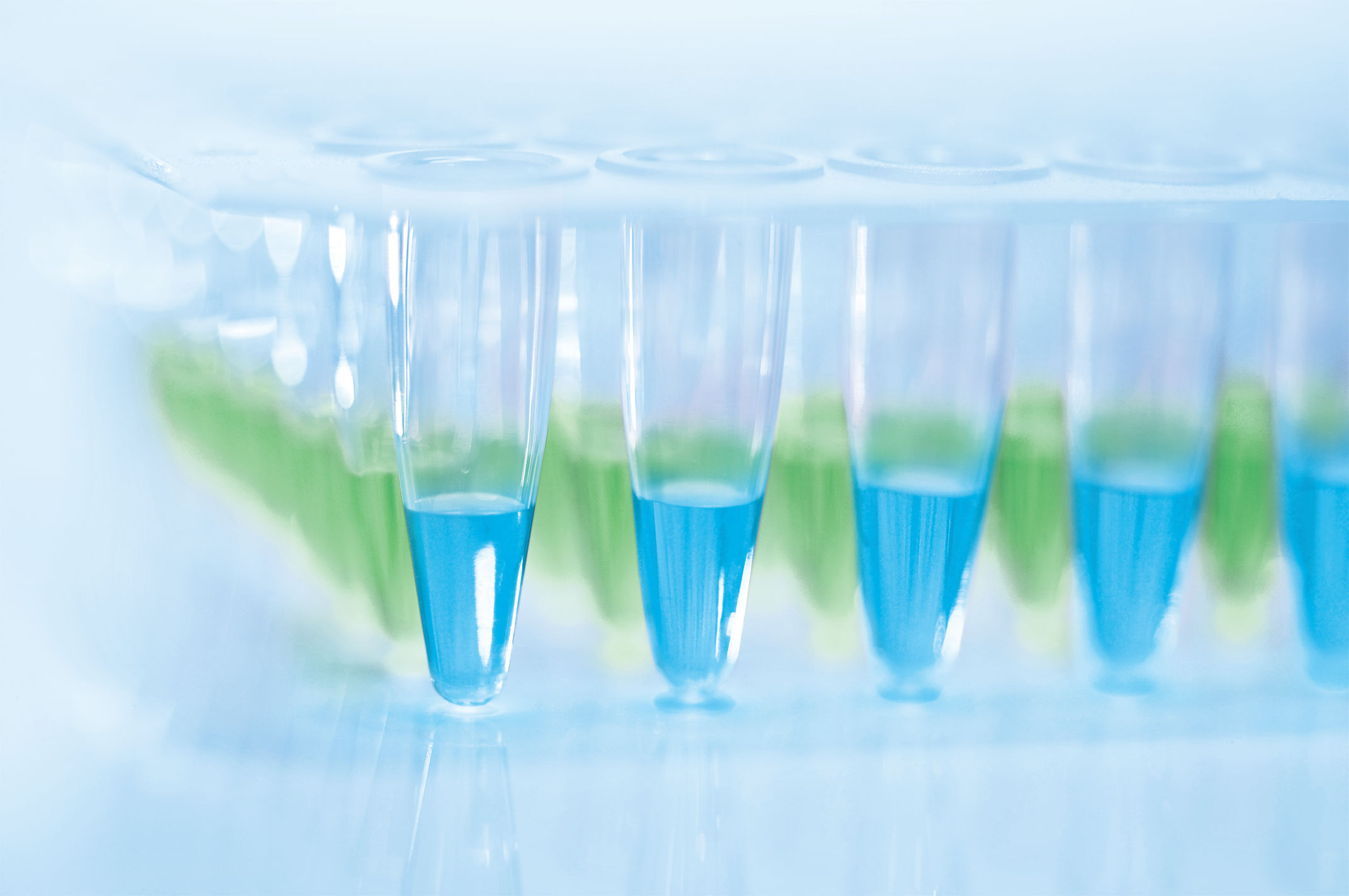Blogs
Latest articles, research insights, and industry updates
Blog
Glycation : Mechanisms, Molecular Consequences, and Biomedical Significance
Glycation is a non-enzymatic reaction between reducing sugars and free amino groups of proteins, lipids, or nucleic acids. Unlike glycosylation, which...
GenpriceAug 26, 2025
Blog
Antibody-based Transthyretin (TTR) Assay Kits
The TTR gene, located on chromosome 18q12.1, encodes the 127-amino acid monomeric subunit that assembles into the functional tetrameric protein (NCBI ...
GenpriceAug 19, 2025
Blog
Comparative Genomics in Evolutionary Biology: Unlocking the Genetic Blueprint of Life
Comparative genomics is the systematic analysis of genome sequences from different species to uncover the genetic basis of biological diversity, adapt...
GenpriceAug 15, 2025
Blog
Antibody Engineering: Technologies, Applications, and Future Directions
Antibody engineering is the design, modification, and optimization of antibodies to enhance their specificity, affinity, stability, and therapeutic po...
GenpriceAug 15, 2025
Blog
Tumor Necrosis Factor (TNF): A Master Regulator of Inflammation and Cell Death
TNF is primarily produced by activated macrophages, T lymphocytes, and natural killer (NK) cells in response to infection or injury. It exists in two ...
GenpriceAug 14, 2025
Blog
Escherichia coli Ribosomal RNA Small Subunit Methyltransferase F (rsmF)
The primary role of rsmF is to introduce a 5-methylcytosine (m^5C) modification at specific sites in the 16S rRNA. This modification:Stabilizes riboso...
GenpriceAug 14, 2025
Blog
Recombinant Proteins – Expression Strategies, Purification, and Applications
Recombinant protein technology allows researchers to generate large quantities of specific proteins by inserting a gene encoding the protein into a ho...
GenpriceAug 13, 2025
Blog
Major Histocompatibility Complex (MHC) – Structure, Function, and Relevance in Human Immunity
The Major Histocompatibility Complex (MHC) — termed the Human Leukocyte Antigen (HLA) system in humans—is a genetically complex region critical for ad...
GenpriceAug 13, 2025
Blog
Mastering SYBR Green qPCR: Optimization Strategies and Troubleshooting Guide
SYBR Green is a DNA-binding dye that fluoresces only when bound to double-stranded DNA. This characteristic makes it ideal for real-time detection of ...
GenpriceAug 1, 2025


